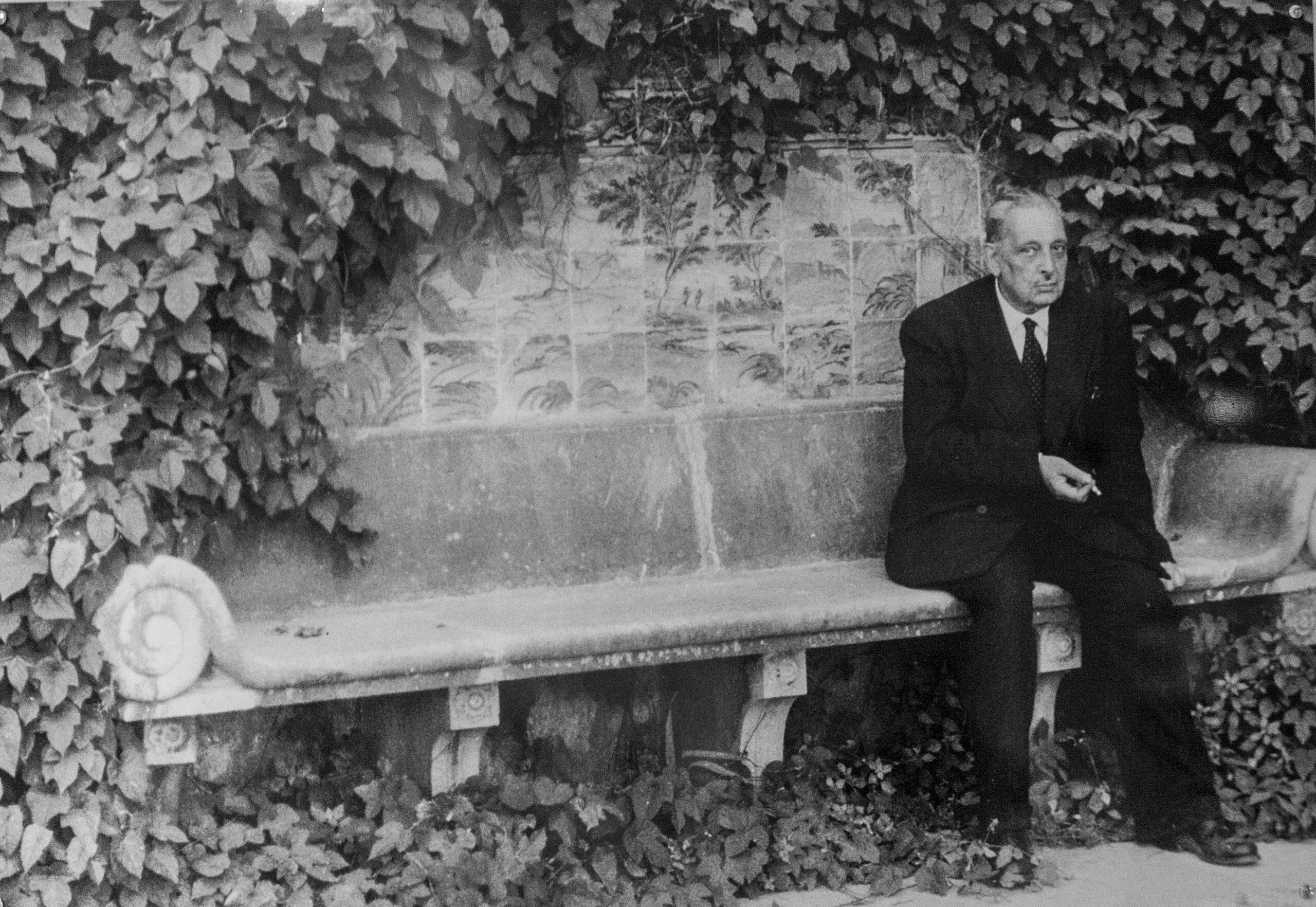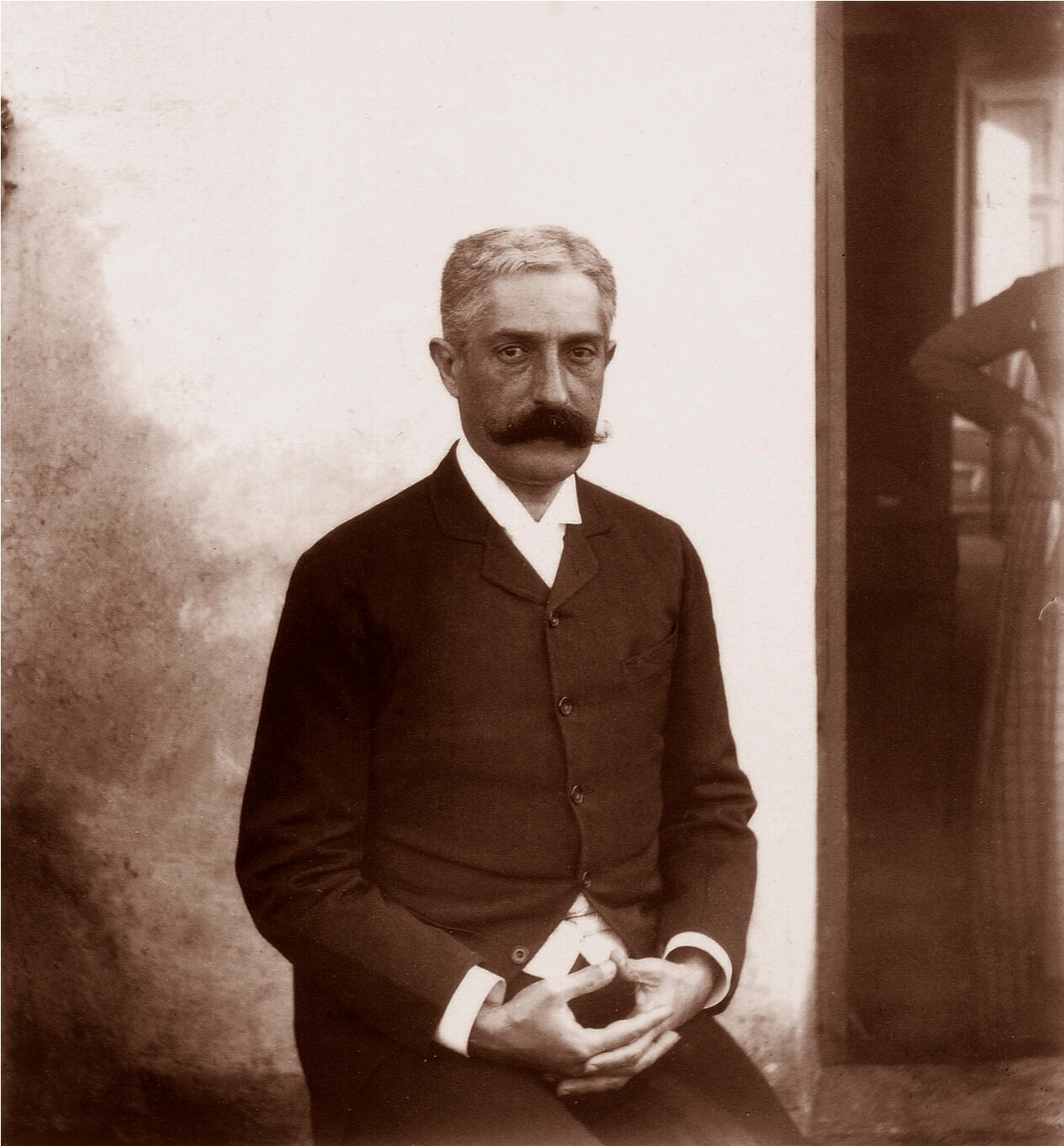- Home
- Sicilian Culture
- Sicilian Writers
The Literary Treasures of Sicily: Exploring the Rich Tradition of Sicilian Writers
From enchanting novels to thought-provoking poetry, Sicily has been the birthplace of many literary treasures that have left an indelible mark on the world of literature. So, without further ado, let's delve into the incredible world of Sicilian writers - the cream of the crop.
Some of Sicily's best-known writers include world literary names such as Giuseppe di Lampedusa, Leonardo Sciasca, and Salvatore Quasimodo. Not to mention Andrea Camilleri, the most famous of today's Sicilian writers.
As we journey through Sicily's literary landscape, we'll witness how these writers skillfully capture the essence of the island's unique culture, history, and surroundings.
Some of the Most Notable Sicilian Writers Through History
Sicily has long been a wellspring of literary talent, producing some of the most renowned and influential Italian - and world literature - writers.
Ancient Greek poets drew inspiration from the island's landscapes in which they set their mythical tales. Modern masters, instead, have focused on realism, picturing the complexities of modern Sicilian life.
Giuseppe Tomasi di Lampedusa (1896-1957) is one of the most celebrated Sicilian writers. His masterpiece, The Leopard, has left its deep mark on 20th-century literature.
Published posthumously in 1958, the book explores the decline of the Sicilian aristocracy in the face of social and political upheaval during the Risorgimento - a 19th-century movement that led to the birth of modern Italy.
 Giuseppe Tomasi di Lampedusa
Giuseppe Tomasi di LampedusaLampedusa's rich, evocative prose and penetrating insights into the human condition have made The Leopard a beloved classic and inspired the critically acclaimed film of the same name.
Another well-known name from the early part of the last century is Luigi Pirandello (1867-1936). This Nobel Prize-winning writer masterfully portrays the mismatch of dreams and reality.
In his old age, Pirandello joined a fascist party, which was not a particularly wise move from today's point of view. In Pirandello's defense, the party was not yet guilty of its most abject excesses.
Closer to the present day, two great Sicilian writers should be mentioned.
Leonardo Sciascia (1921-1989) was a towering figure in Sicilian literature in the latter part of the 20th century. His novels and political essays delved deeply into the island's complex social and political realities.
Sciascia's works, such as "The Day of the Owl" and "Equal Danger," are renowned for their nuanced exploration of the Sicilian Mafia, corruption, and the cost of power.
Following in Sciascia's footsteps is the best-known Sicilian author today, Andrea Camilleri (1925-2019). Inspector Montalbano is known worldwide through Camilleri's books and a TV series based on them.
In the pages of Montalbano, Sicily comes to life unprecedentedly - for better, and a little for worse, too. Camilleri is, first and foremost, a skilled entertainer. Still, his books offer also a brilliant comment on Sicilian society and culture.
 Leonardo Sciascia (in the middle, with a cane) and his posse.
Leonardo Sciascia (in the middle, with a cane) and his posse.Famous Works of Sicilian Literature
One of the most celebrated novels to emerge from Sicily is The Leopard by Giuseppe Tomasi di Lampedusa. Set against the backdrop of the Risorgimento, the novel follows the story of a Sicilian prince who must come to terms with the changing social and political landscape of the 19th century.
Lampedusa's masterful prose and keen insights into the human condition have made The Leopard a timeless classic. It is also known as the film starring Burt Lancaster.
Another iconic work of Sicilian literature is "The Day of the Owl" by Leonardo Sciascia. This gripping novel delves into the complex relationship between the Sicilian Mafia - aka Cosa Nostra - and the Italian state.
Sciasca's book shows how impossible it has been for law enforcement officers to do their jobs in Sicily. Even Sherlock Holmes would hardly have been of any help when the whole community was against solving the crime.
The Day of the Owl was also later adapted into a film.
Pirandello's most famous work is his play Six Characters in Search of an Author (1921). He also wrote a series of short stories, which are excellent in their own right.
Andrea Camilleri's Montalbano detective novels are probably the most entertaining and therefore the easiest way to immerse oneself in the world of Sicilian literature.
Themes and Motifs in Sicilian Literature
One of the recurring themes in Sicilian literature is the tension between tradition and change. This theme is masterfully explored in Lampedusa's The Leopard, but can be found in many other books as well.
Another recurrent theme in Sicilian literature is the island's complex relationship with power and authority. From the pervasive influence of the Mafia to the entrenched corruption within the political system, Sicilian writers have often used their craft to shed light on the darker aspects of Sicilian society.
Sciascia's crime novels delve into the intricate web of power and criminality that has long plagued the island, offering a scathing critique of the island's social and political realities. Andrea Camilleri's Detective Montalbano also navigates the murky waters of Sicilian society.
Sicily's natural beauty and unique landscapes have also inspired many writers, including the aforementioned. In poetry, Salvatore Quasimodo (1901-1968) have crafted lyrical meditations on the island's rugged coastlines, verdant countryside, and ancient, mythical heritage.
 Salvatore Quasimodo
Salvatore QuasimodoSicilian Literary Landmarks and Museums
Sicily's rich literary heritage is preserved and showcased in a network of literary landmarks and museums across the island.
The most significant literary landmark is the Casa di Verga, the former home of the renowned Sicilian novelist Giovanni Verga. Located in Catania, the Casa di Verga has been transformed into a museum celebrating Verga's life and work.
Verga was born in Sicily, but moved to northern Italy to study. There he spent a long time trying to make his mark in the literary arena. Success came only when he started writing about what he knew best - his native Sicily.
In Casa di Verga, visitors get a glimpse into the writer's creative process and the social and cultural milieu that inspired his iconic novels, such as "I Malavoglia" and "Cavalleria Rusticana."
The museum's collection includes personal artifacts, manuscripts, and first editions of Verga's works, providing an immersive experience for literature enthusiasts.
 Giovanni Verga rose to world fame with his Sicilian stories, of which Cavaleria Rusticana is also - and foremost - known as Pucini's opera.
Giovanni Verga rose to world fame with his Sicilian stories, of which Cavaleria Rusticana is also - and foremost - known as Pucini's opera.The Museo Internazionale delle Marionette Antonio Pasqualino in Palermo offers a different perspective on local storytelling. The museum's collection includes a vast array of Sicilian puppets and marionettes.
In Sicily, puppet theatre is not just children's entertainment. It is a living tradition that has been a stage for centuries for the mythical stories that have dominated the island.
Visitors to the museum can explore the rich tradition of Sicilian puppetry and its deep connections to the island's literary and theatrical heritage.
Beyond these dedicated literary sites, Sicily's broader cultural landscape is dotted with numerous landmarks and locations that have significantly influenced the lives and works of Sicilian writers.
A visit to the province of Agrigento is an opportunity to immerse yourself in the landscape of Commissaire Montalbano's birthplace. These regions of southern Sicily are also the birthplace of Sciasca's political commentary.
Here, in the southern peripheries, the culture of silence that sustained the Mafia was once firm.
Of course, the sheer vicinity of Sicilian landscapes, villages, and beaches will immerse the traveler in a timeless atmosphere. Here, on an island of sharp contrasts, it is easy to enter the world of ancient mythologies.
Translating Sicilian Literature for a Wider Audience
Sicily's rich and diverse literary tradition has long captivated readers worldwide. Still, the challenge of translating these works into other languages can be seen as a barrier to their global reach.
In recent decades, there has been a growing effort to bridge this gap and introduce Sicilian literature to a broader international audience.
One of the challenges in translating Sicilian literature lies in the unique linguistic and cultural nuances deeply embedded in the works. Sicilian writers have often drawn upon the island's distinct dialects, idiomatic expressions, and artistic references.
Needless to say, these can be challenging to convey accurately in other languages.
Translators must navigate these linguistic and cultural complexities, finding creative ways to preserve the essence and richness of the original text while making it accessible to readers from diverse backgrounds.
Hopefully, these efforts can introduce new generations of readers to Sicily's captivating literary treasures.
It's a two-way street. Understanding Sicilian culture will help you better understand the island's literature, and, on the other hand, literature opens doors to a better understanding of culture.
 A recurring theme in Luigi Pirandello's work is the collision of dreams and reality. It is ironic in this respect that in his old age, he joined the fascist party.
A recurring theme in Luigi Pirandello's work is the collision of dreams and reality. It is ironic in this respect that in his old age, he joined the fascist party.Conclusion
From iconic novels to evocative poetry, Sicilian writers have consistently produced remarkable works of world literature. These works often center around the complexities of Sicilian life and the island's exceptional natural beauty.
Giuseppe Tomasi di Lampedusa and Leonardo Sciascia's novels have gained widespread international acclaim, introducing global audiences to the unique perspectives and narratives that have emerged from the island.
Similarly, Salvatore Quasimodo's poetry has transcended the boundaries of language and culture, with his lyrical meditations on the human condition and the Sicilian landscape resonating with readers worldwide.
Created by Andrea Camilleri, Inspector Montalbano is known the world over. Under the guise of entertainment, the reader gets sucked into the Sicilian mental and social landscape.
The island's writers have captured the essence of their own cultural identity and grappled with universal themes that speak to the human condition. By delving into the complexities of power, tradition, and social change, these writers have offered a unique and compelling perspectives on these universal themes.
Sicily's literary treasures will continue to captivate and inspire readers for future generations, as the island's writers continue to push the boundaries of literary expression.
(July 19, 2024)
Recent Articles
-
Honeymoon in Sicily: Where Landscapes Stir the Heart
Dec 17, 25 12:21 PM
Honeymoon in Sicily: Timeless temples, coastal hideaways, slow meals, and landscapes that invite closeness. -
Best Time to Visit Sicily: Your Seasonal Guide
Dec 05, 25 04:23 AM
Find the best time to visit Sicily. Explore seasonal weather, crowds, prices, and highlights. -
Where to Stay in Sicily: Top Areas for Every Traveler
Nov 27, 25 08:14 AM
Where to stay in Sicily: A guide to the island’s best regions, helping you choose the perfect base for your trip.
Follow MANY FACES OF SICILY on Facebook, Instagram, Bluesky & Tumblr
Contact: vesa@manyfacesofsicily.com







